Favorite toys DARPA for 60 years
- Transfer
The past and the future of advanced technologies, demonstrated at the conference in honor of the 60th anniversary of DARPA
This year, the Department of Defense Advanced Research Projects Agency, DARPA, celebrates its 60th anniversary. To mark this event, DARPA held a conference in Washington, DC One of the most striking events was the hall with exhibits, filled with current projects DARPA and unique artifacts from the history of the Office. We made a selection of the most interesting items. For those who want to see even more, the Office has prepared a 140 page retrospective on its activities over the past 50 years.
Transit 1
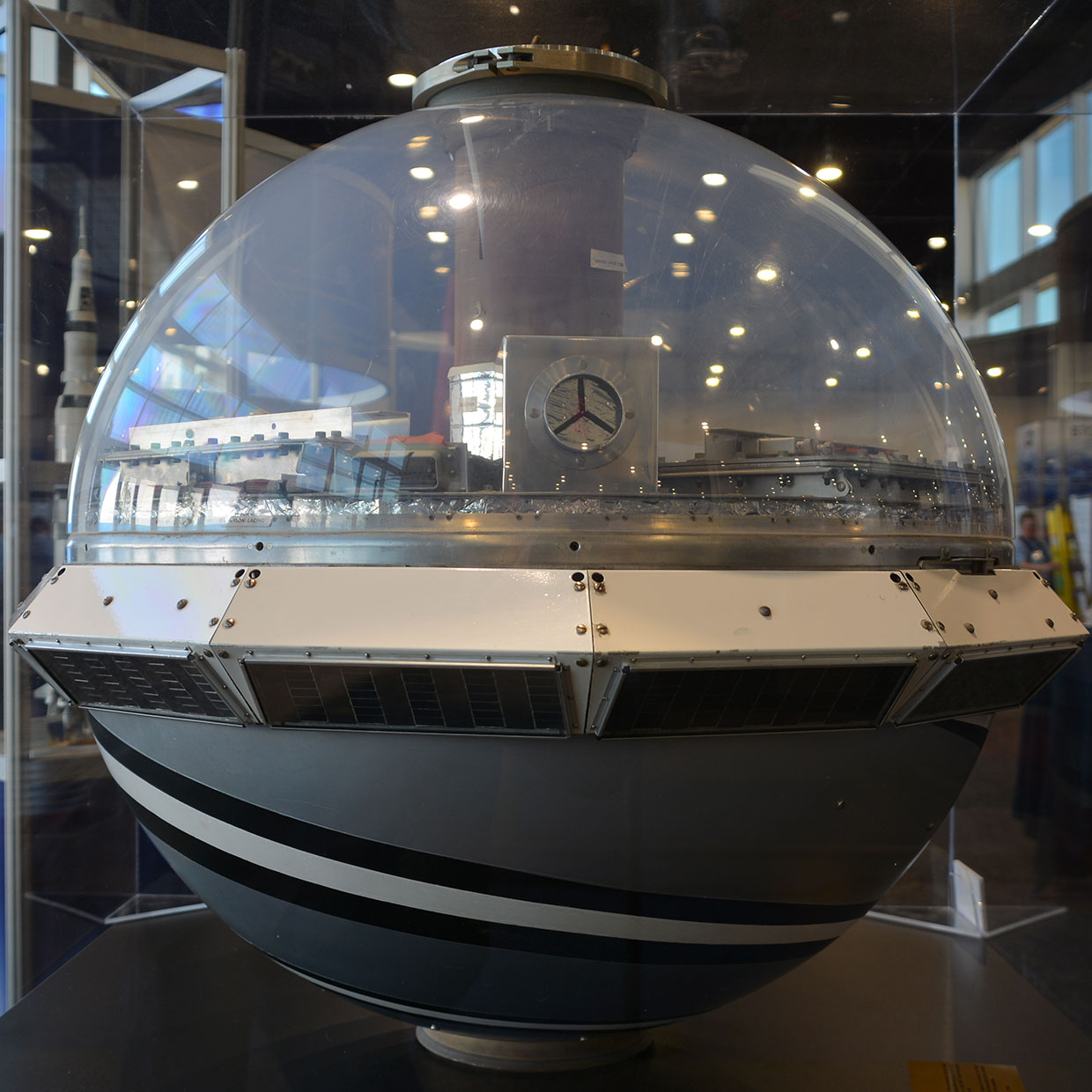
Before the advent of GPS , the Transit satellite navigation system developed by DARPA and the Johns Hopkins University’s Applied Physics Laboratory for Polaris ballistic missile submarines existed. In a system that worked from the 1960s to the 1990s, ground receivers used the Doppler shift of the satellite signal to calculate their location with an accuracy of several tens of meters. Transit was one of the first space-related DARPA projects.
Rhex

DARPA funded the Boston Dynamics project to create the RHex, a hyper-mobile robot capable of moving around very different types of locations. It can pass through sand, gravel, mud, and even float in water - and without any sophisticated sensors or adaptive gait. The project is still developing, and its success has been inspired by other programs related to robots, as well as many robots from Boston Dynamics.
LUKE Arm

DEKA LUKE Arm was part of the prosthetic revolution DARPA program. She allowed amputees to intuitively manipulate a robotic arm of increased dexterity, using sensors on their shoes. LUKE stands for “life during kinetic evolution,” and also refers to Luke Skywalker from Star Wars, who had a slightly more complex robotized arm. Today LUKE Arm is already available.
Prototype computer mouse
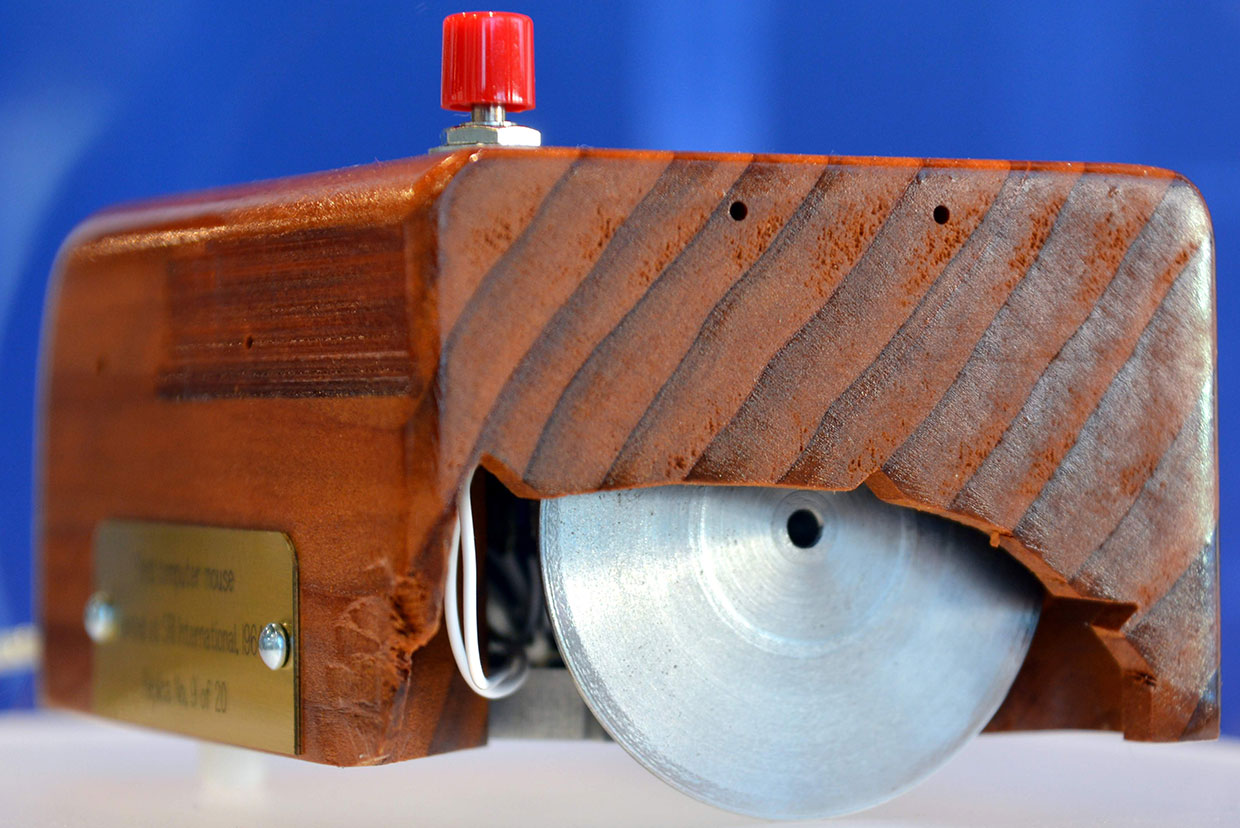
The first computer mouse , carved out of wood, with one button, was invented in 1964 by Douglas Engelbart of the Stanford Research Institute. The project was funded by the Department of Information Processing Technologies from the ARPA Office (“D” was added to the title in 1972), although DARPA retained only a copy of the original prototype.
Miniature GPS receiver "Virginia Slims"
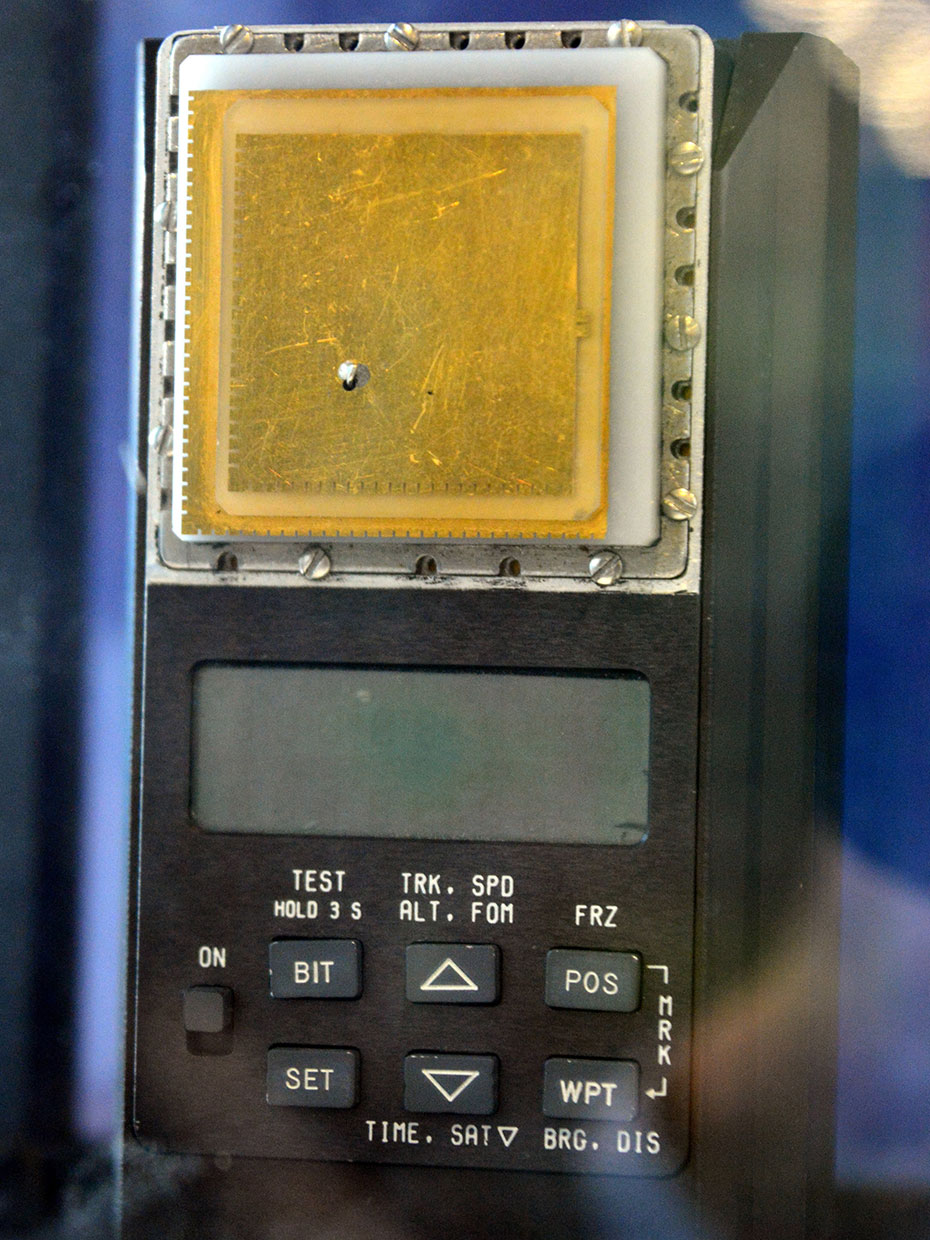
From 1988 to 1993, the US Department of Defense ordered 1,400 GPS receivers for infantry. Each one weighed 8 kg and cost $ 45,000. DARPA, meanwhile, was working on receivers that should have been reduced to the size of a pack of cigarettes. The miniature device in the photo was named after Virginia Slims for its size and shape, and Rockwell Collins was ready for production in 1991. It was the first GPS-receiver, which was entitled to be called handheld.
Board with micromirrors

As part of its high-resolution system design program, Texas Instruments developed and released these boards, filled with micromirror chips. On each chip, there are millions of micromirror elements capable of directing the light of a projector for high-definition displays, such as are installed in cinemas. This technology was awarded with both an Emmy Award and an Oscar, but, more importantly, it entered the hall of fame of the IEEE Spectrum chips .
Controlled biological flight and smell

Colorado researchers attached miniature nerve interfaces to the antennae and moth flight muscles to figure out how the sense of smell is related to flight control. I didn’t find any information about these beetles - it usually means that the project was given to the military, they were classified, and now they are flying outside your window. Straight. Now.
Flying hummingbird nanoapparatus

This aircraft, having the shape and dimensions of real hummingbirds (developed from 2008 to 2011 at AeroVironment ), is in fully operational condition. He is able to fly in any direction, even backward, at a speed of almost 18 km / h, carrying equipment for observation, for 10 minutes. The program was obviously successful, which makes you wonder how much this technology has advanced over the past eight years. One can only assume that this was happening under a big secret.
Printable Solar Panels
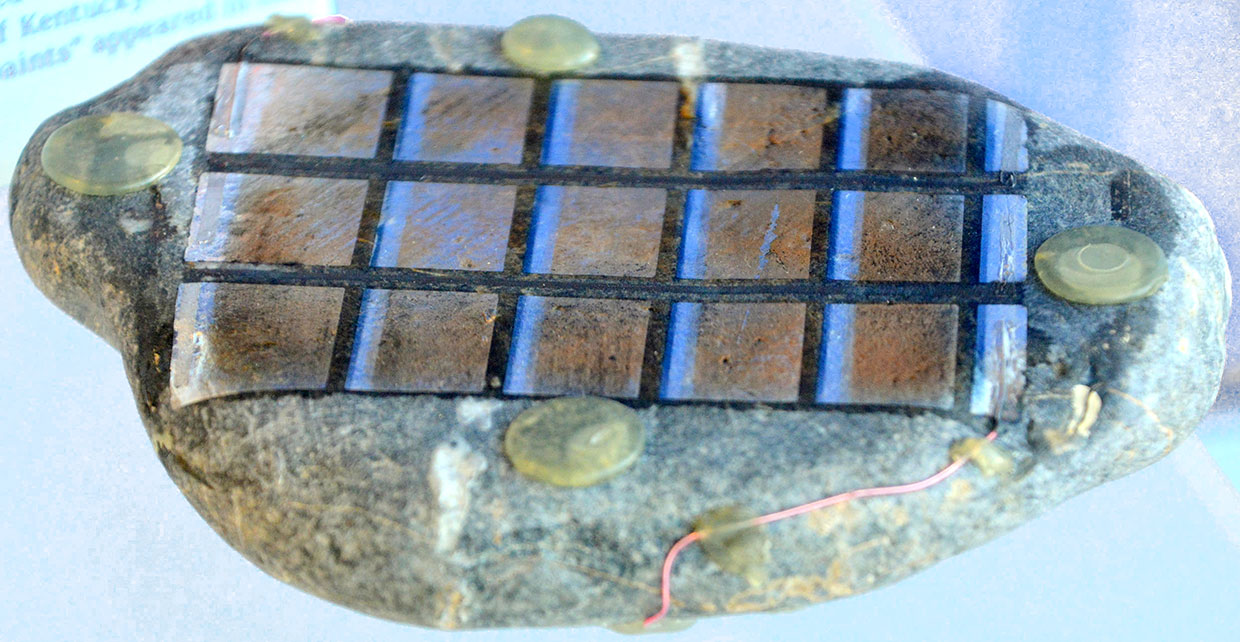
Working three-layer solar panel, applied to the stone using inkjet printing. She was shown in 2003 as part of a joint project of the Laboratory for Naval Research, a military contractor Geo-Centers Inc. and the University of Kentucky. The idea was that the military could use paint for solar panels as an energy source in undercover operations. Since then, other such paints have been shown, and a little more openly.
Ultra light micro-grids
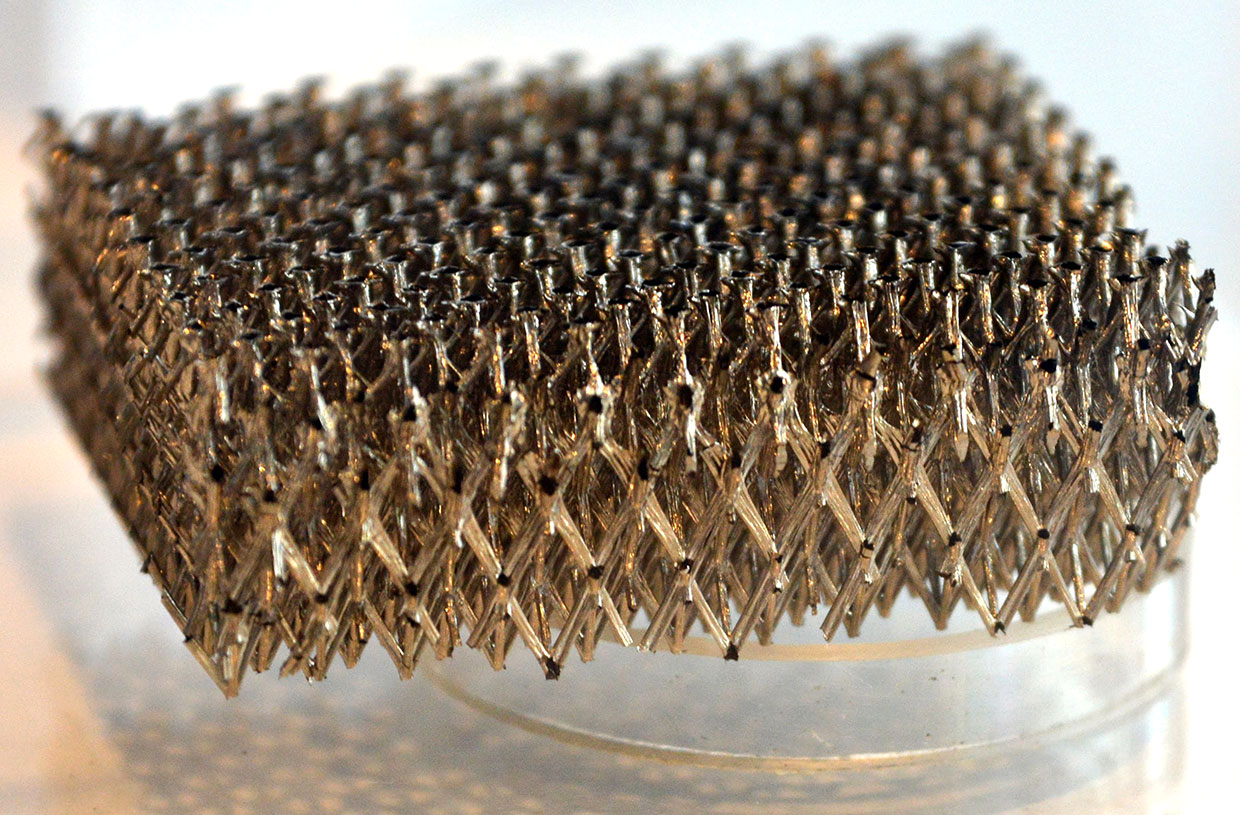
With funding from DARPA, Hughes Research Laboratories developed the technology to create micro-grids from plastic, metal or ceramics in less than a minute. These structures consist of empty tubes, the walls of which are 1000 times thinner than a human hair, resulting in a material that is 99.9% composed of air - 100 times less dense than foam. Microgrids, according to the developer, "can be used for battery electrodes, catalyst support, for damping acoustic waves, vibrations or shock waves."
Exacto controlled bullet
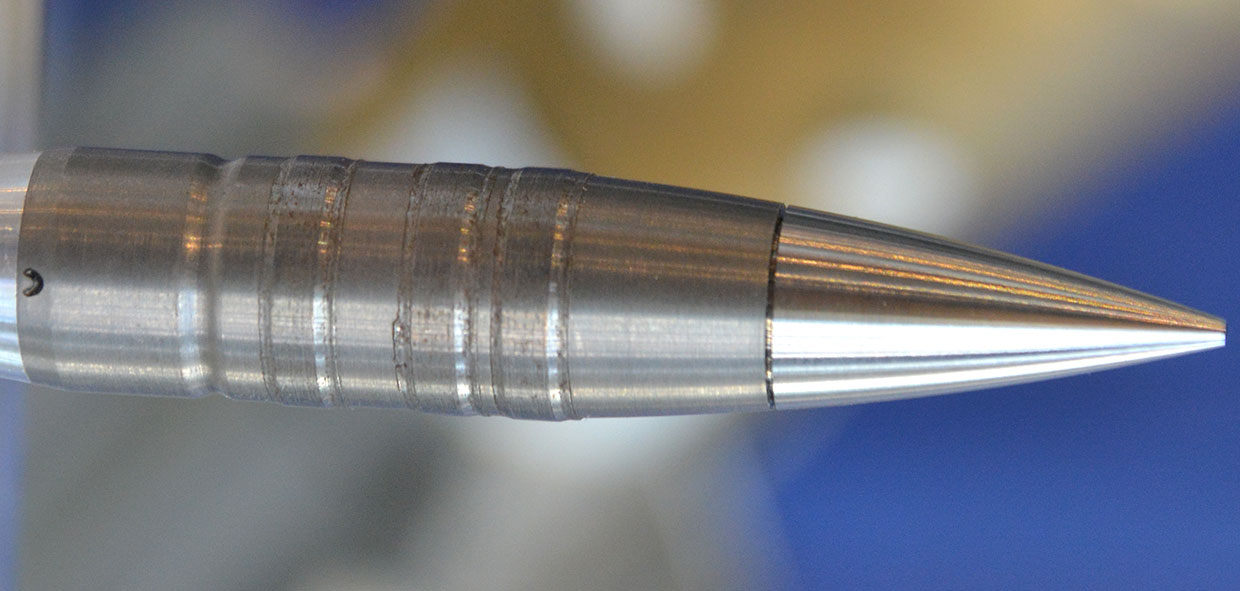
You can't tell from the photo, but this Exacto bullet (EXtreme ACcuracy Tasked Ordnance, “extremely accurate ammunition”) of 0.50 caliber can be actively controlled, that is, it can change the trajectory in flight to compensate for the wind, follow the target or correct the sight. She manages to do this without any visible stabilizers, and how exactly - the information is secret. The bullet was successfully tested in 2015, when an inexperienced shooter hit a moving target.
LightningStrike VTOL X-Plane Demo Model
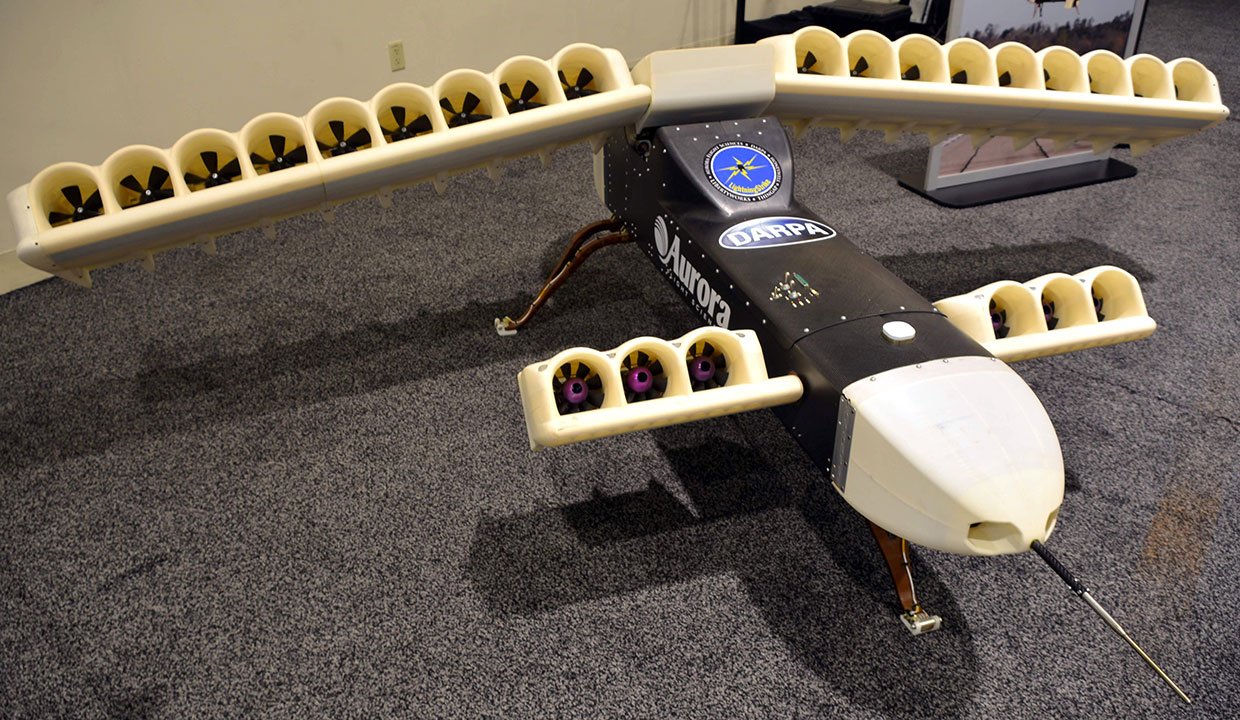
Aurora Flight Sciences has created this model on a scale of 1 to 5 for DARPA for testing vertical take-off and landing using distributed electric traction. Eighteen electric screws on the main wings plus six on the auxiliary can be rotated 90 degrees. Initially, DARPA wanted to finance the creation of a full-scale apparatus, but decided that the scale of 20% would be enough to prove the efficiency of the technology and its readiness to move to the commercial sector.
MAD-FIRES guided missile
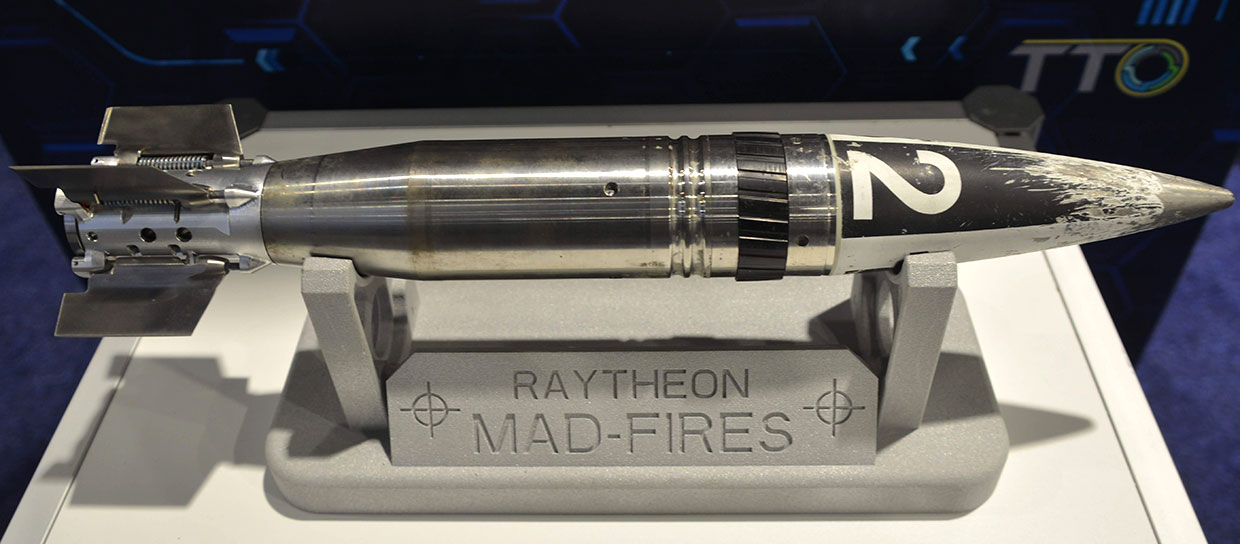
Multi-Azimuth Defense Fast Intercept Round Engagement System [Multi-Azimuth Defense System, Rapid Interception and All-round Attack] - an attempt to combine the accuracy of missiles and the “let's shoot more because they are cheap” approach for bullets. Active-control medium-caliber missiles are able to change the direction of flight in real time, track many different moving targets, and are ten times cheaper. [cheaper than that - not specified / approx. transl.]
Drone "Gremlins"

This is a very strange idea - to name the project of the drone Gremlins , in honor of the mythical creatures that cause inexplicable breakdowns in aircraft. But these universal drones are designed to be used no more than 20 times in a row, which reduces their cost compared to other drones. They are also designed to launch and land in the air on a cargo plane using the system that is visible in the photo.
Lidar on the chip
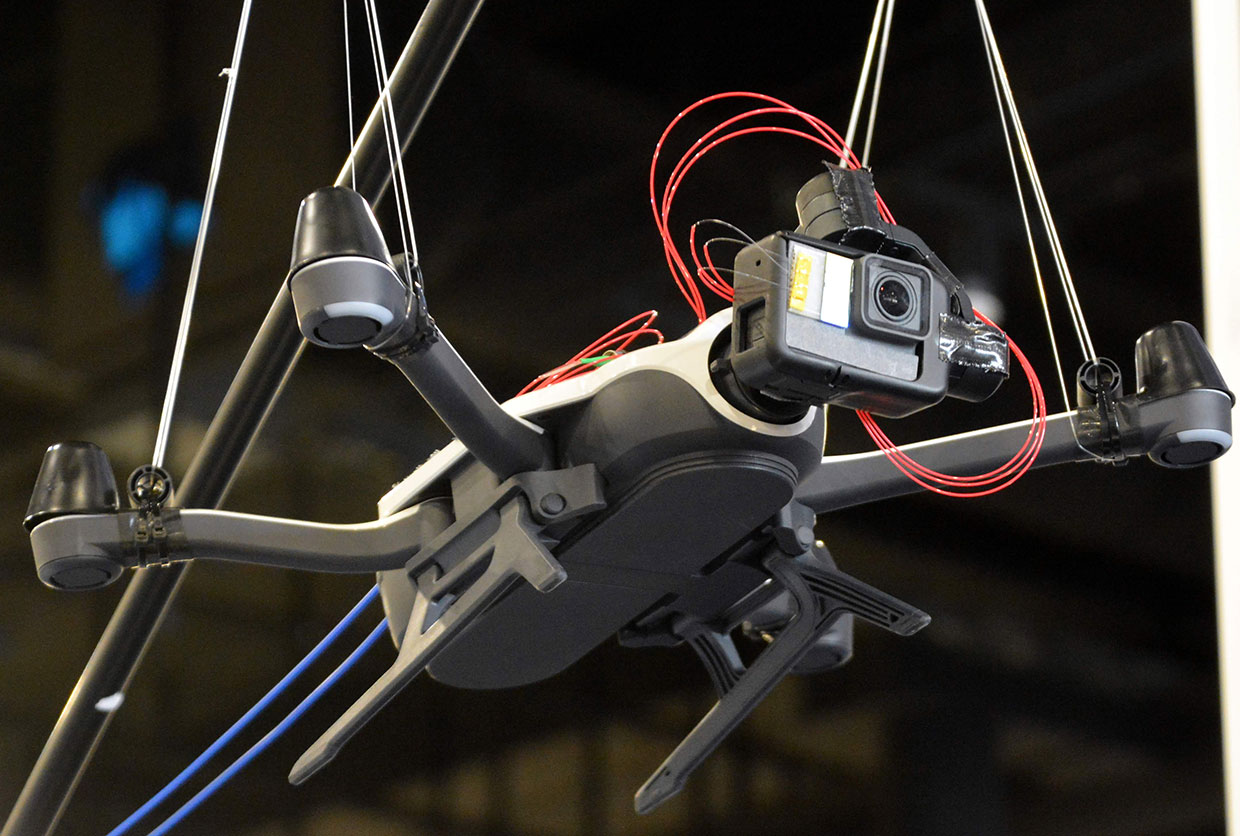
Two years ago, at the Pentagon Science Fair, DARPA and the Massachusetts Institute of Technology demonstrated a project to create a lidar on a chip. At the current exhibition, the project has already reached the working chip, which can be strengthened on the drone. The tiny rectangle next to the GoPro camera is a working lidar in which both the receiver and the transmitter are embedded. Company Analog Photonics brings this technology to commercial application, and promised to share details of the project soon.
Powerswim

DARPA itself admits that this thing “looks rather strange,” but PowerSwim is able to convert up to 80% of underwater movement into thrust for moving forward, unlike classic flippers, whose figure is around 15%. PowerSwim is worn on the shin, one wing is in the legs, and the other is near the belt. When you bend your knees, the wings move up and down, and push you forward twice as fast, while requiring much less effort.
